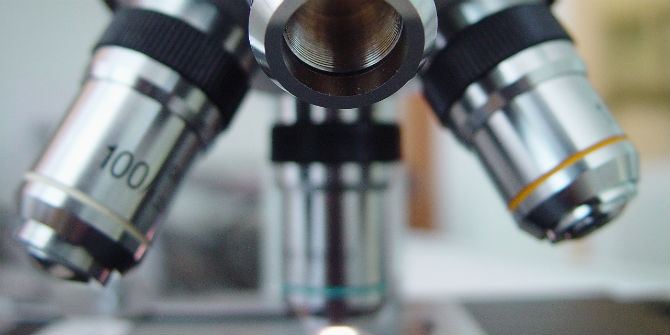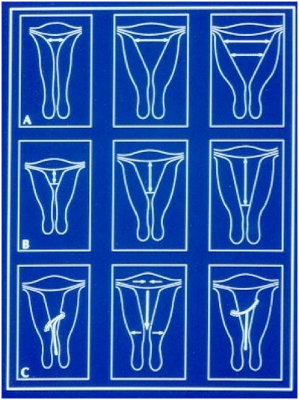What is GyneFix
 The GyneFix intrauterine contraceptive system is unlike conventional "framed" IUD's. It consists of a length of non-biodegradable 0-size monofilament surgical thread with a varying number of hollow copper tubes mounted on it. The upper and lower tubes of copper are crimped onto the thread to keep them in place. The total surface area of copper is 200 mm2 for GyneFix 200 (hysterometry < 8cm) and 330 mm2 for GyneFix 330 (hysterometry ≥ 8cm).
The GyneFix intrauterine contraceptive system is unlike conventional "framed" IUD's. It consists of a length of non-biodegradable 0-size monofilament surgical thread with a varying number of hollow copper tubes mounted on it. The upper and lower tubes of copper are crimped onto the thread to keep them in place. The total surface area of copper is 200 mm2 for GyneFix 200 (hysterometry < 8cm) and 330 mm2 for GyneFix 330 (hysterometry ≥ 8cm).
|
|
|
|
GyneFix® 200 |
GyneFix 200 demo |
The upper extremity of the thread ends in a knot which is implanted into the myometrium of the uterine fundus using a specially designed insertion instrument, thereby permanently securing the device in the uterine cavity. A tiny stainless steel element, 2 mm long and 0.5 mm wide, is added on the anchoring thread immediately below the anchoring knot. The medical grade stainless steel element (AISI 316L/1.4404) is biocompatible and used in diverse medical implants.
|
|
|
Uterus Shapes |
Conventional IUD designs rely on a T-shape configuration to allow for their retention within the uterus. These “framed” devices, because of their extended crossarm, may not be suitable for use in a large number of women or may result in substantial discomfort or pain. These symptoms are likely more predominant during a woman’s menses due to the contractions and movement the uterus undergoes, attempting to expel the endometrial lining. GyneFix is designed to be compatible with a woman’s uterus and able to be used in women with all shapes and sizes of uteri. The frameless design eliminates the use of a large crossarm for retention allowing for a smaller more comfortable design and excluding secondary perforation.
Unlike IUDs which have a copper wire woven around a plastic stem, the use of small hollow copper cylinders allows for copper release from both the interior and exterior surfaces allowing for the use of much smaller devices to provide comparable efficacy as seen with the much larger conventional devices. The use of several small movable cylinders allows for the device to have the ability to shift and flex within the uterus much like beads on a string. This flexibility allows the device to easily adapt to uterine movement and contractions, serving to minimizing patient discomfort. Numerous studies with the frameless device confirm no harmful effects to the uterus with a rapid return to fertility upon removal of the device.



